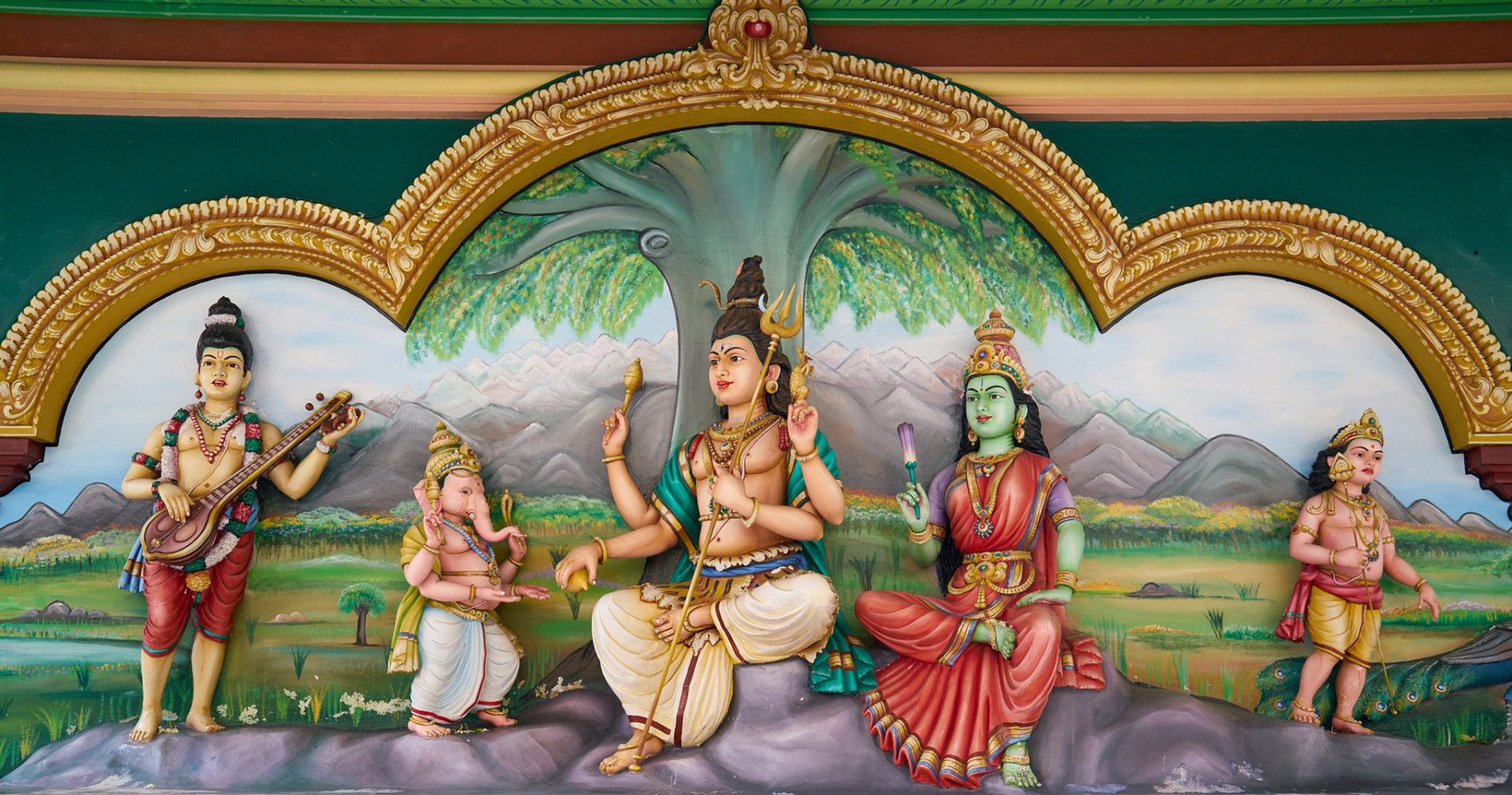The Yoga Sutras of Patanjali are a compilation of 196 aphorisms. It is a comprehensive fundamental text of yoga, and an instrumental part of Hindu scriptures said to be compiled by the sage, Patanjali. Its influence on yoga philosophy cannot be over-emphasized.
Although Patanjali’s exact roots and time of existence is quite unsure, and there are varying myths about his birth, he is ascribed to have been from the medieval era, and contributed immensely to the growth and prominence of yoga sutras. The yoga sutras of Patanjali are said to have been compiled from about 250 BCE to 250 CE. It is further widely acclaimed that although Patanjali compiled the yoga sutras, he however did not create them. Archaeological sources reveal that the yoga sutras are no new practices, but ancient traditional exercises that have been in existence and in practice as far back as 3000 BCE.
Yoga is Sanskrit, translated to mean ‘yoke’. Sutra on the other hand, also Sanskrit, is translated as ‘thread’. The yoga sutras are a means to gain self-realization through deep reflection, and synergy of the mind, body and soul.
According to Patanjali, “yoga is the progressive settling of the mind into silence. When the mind is settled, we are established in our own essential state, which is unbounded consciousness. Our essential nature is usually overshadowed by the activity of the mind.”
Patanjali’s yoga sutra is a book that teaches how practical and deliberate yoga can lead to attainment of Moksha, following the discipline associated with practicing yoga. It is compiled in such a way that the essence of yoga, the progress and spiritual growth associated with it is succinctly embedded. In the sutras, Patanjali takes into consideration the gratification as well as the challenges that one is bound to encounter in the process of its practice, and establishes ways in which they can be triumphed.
Patanjali’s compilation does not try to modify or change the traditionally practiced yoga sutras, it however makes the process and methods easily accessible, and understandable. With the practical and instructive teachings, Patanjali’s yoga sutras makes it easy for yogis, both old and new to be able to direct their focus and energy to a single source or stream. The yoga sutras are highly similar to the Samkhya school of thoughts, except the former acknowledges the Divine and ultimate reality which is God, while the latter does not acknowledge God, because it lacks evidence to back its existence.
While the book is an important part of the Hindu scriptures, the yoga sutras are not limited to just Hindus. They are for all, and can be practiced by absolutely everyone; everyone who seeks to gain spiritual growth, understanding, peace and tranquility, an evenness between mind and body. The sutras encourages people to look deep within themselves, and find who they truly are, and what their purpose truly is, in the quiet and stillness of their thoughts. The calm that transcends the distractions of our mental activities and outside stimuli.
It is a dominant stimulant of positive energy, and promotes oneness and harmony between individuals and nature. This is perhaps the reason why people springing from varying denominations, whose beliefs and practices differ a great deal, are seen indicating very apt and keen interest in the yoga sutras, and even go farther to incorporate them into their daily, weekly, or even monthly routines. The basic and inherent truth is that the practice of yoga has spanned way longer before its compilation by Patanjali, not just by Hindus, and the tradition has continued. The difference is that they are now more elaborately and succinctly summarized in the 194 sutras, and easily accessible and understandable, hence, gathering a broader audience willing to engage to gain inner peace and control over their mind.
The yoga sutras are divided in four chapters or books.
- SAMADHI PADA: It is the first book, consisting of 51 sutras. Its teachings are on the general nature of yoga and its techniques. It explains a stage where those who practice yoga experience an out of body encounter via meditation.
- SADHANA PADA: It is the second book, and consists of 55 sutras. It expatiates on the mastery of discipline. It is of two forms: the preliminary, which is kriya yoga, and the first five of the eight limbs of yoga known as bahiranga or external.
- VIBHUTI PADA: It consists of 56 sutras, and is the third book. It is based on the last three limbs of the eightfold system, and is referred to as the antaranga or internal. It also explains supernatural exhibitions and influences that are orchestrated through the practice of yoga, both in positive and negative aspects.
- KAIVALYA PADA: A compilation of 34 yoga sutras. It is the fourth and last book. It is focused on describing liberation from the death and rebirth cycle, the Moksha. It deals with a deeper knowledge of self and detachment.





